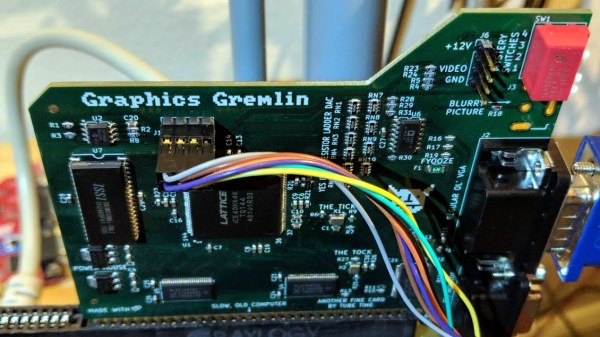There’s making stuff out of trash, and then there’s mind-blowing stuff like this: a DeLorean built from four disposable cigarette lighters and various other bits and bobs like wire sheathing and cotton bud sticks. If it weren’t for the video evidence embedded below, we would have never believed that [Ank Creative] or anyone else could have turned boxy acrylic into the fastback time machine we all know and love.

[Ank Creative] seems to have wasted no parts of the lighters, and even saved themselves a bit of trouble by using curved scraps to make the wheel wells. After installing the windshield, we certainly didn’t expect them to saw the thing in half, but how else are they going to put in the little seats and the steering column when the gull-wing doors aren’t real?
This build is all about unbelievable craftsmanship and deft but daring use of hand tools. Although this totally qualifies as an open source how-to video, you’d have to be quite the sorcerer to pull this one off. Zoom past the break (if you haven’t already) and check out this amazing build.
Disposable lighters are dirt cheap, but they get the job done and you can always see how much gas is left in the tank. On the other hand, a refillable lighter is just that, and if you build it yourself, you can make it actuate like a cap gun.
Continue reading “Tiny DeLorean Made From Lighters Is A Total Gas”


















